Legal matters
There are also some important laws to observe in photography in order to avoid unnecessary trouble. Even if the consequences do not immediately mean that you are taken away in handcuffs. The financial consequences are often no less unpleasant.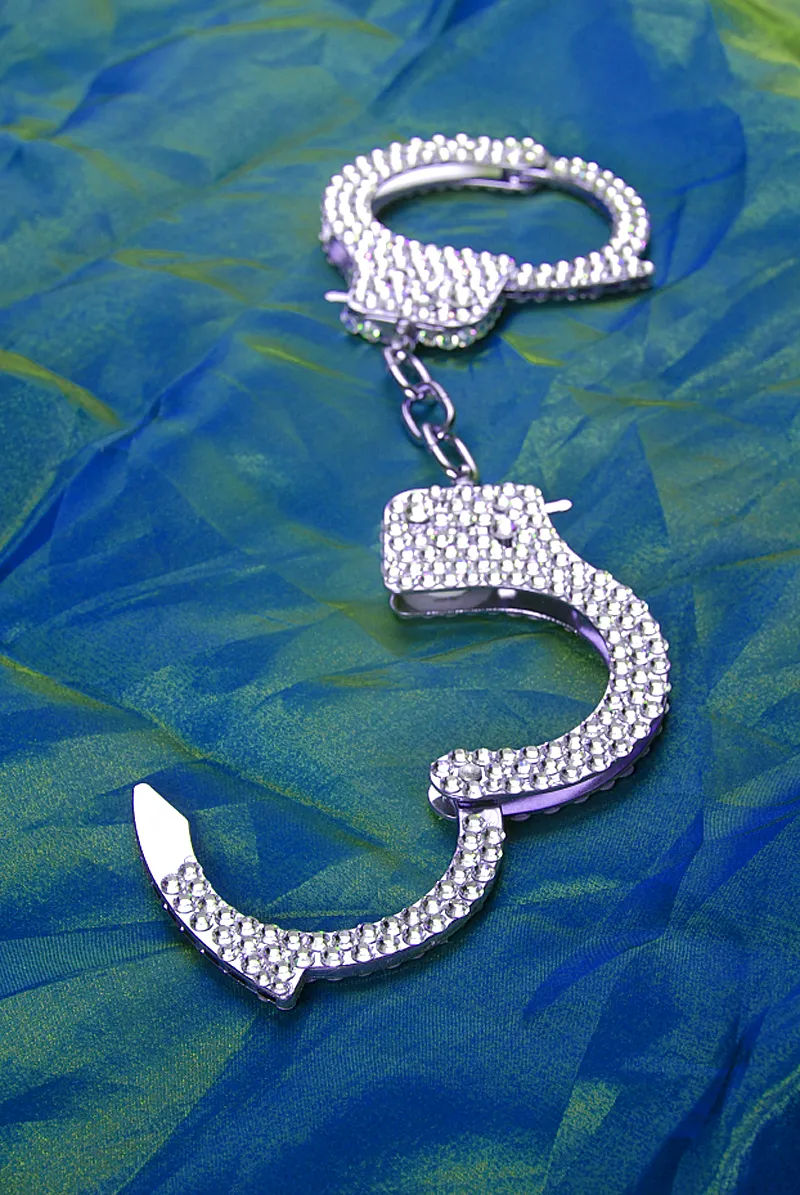
"The most important legal cases for photography practice" is the subtitle of the book Photography and Law, which I wrote together with lawyer Dr. Kötz. In it you will find detailed case descriptions and solutions to legal issues relating to photography. For anyone who wants or needs to take a closer look at this topic.
1. copyright protection:
Copyright protection arises automatically when a photo is taken, so it does not need to be registered anywhere. It is valid until 70 years after the death of the author, provided it is a photographic work, i.e. a photograph that was taken in a designed way. In this context, the courts refer to the criteria of "personal and intellectual creation". If the photo is a simple snapshot, which is referred to as a simple photograph, copyright protection exists "only" for a period of 50 years from the date of creation.
2. attribution:
According to copyright law, the author has the right to be named when one or more of his photos are published. This must be done in such a way that the name can be attributed to the respective photo.
3. right of the person depicted to their own image:
A photo in which a person is depicted may only be published if that person has consented to the publication. Exceptions: if the person only appears as an "accessory" or if the person is to be classified as an absolute person of contemporary history.
Before publishing model photos, you should obtain written permission from the person depicted. In case of doubt, the payment of a model fee requires the consent for publication.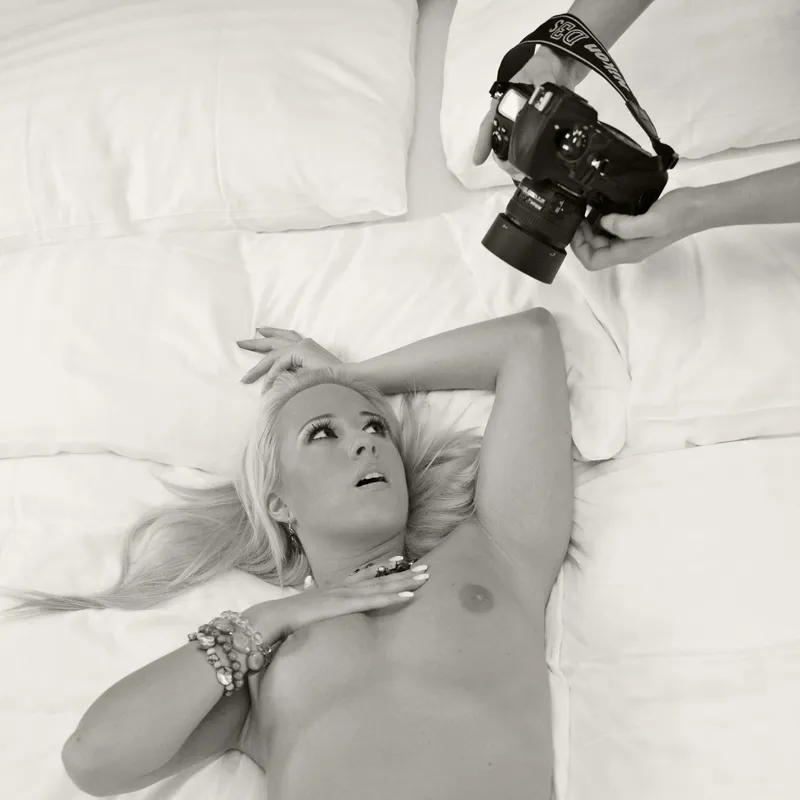
4. photographing people in public:
At events that take place in public, i.e. including demonstrations, the people taking part must accept being photographed. The same applies if the photograph is to be regarded as documentation of a situation, as it is then a photograph from the field of contemporary history. The "shooting out" of individual persons, on the other hand, would not be permitted; permission would have to be obtained before publishing the photo.
If photos taken in public are to be used for advertising purposes, it is important that passers-by cannot be recognized. Or you can book extras who receive a model fee. The laws therefore make differences regarding the use of photos. The (informative) press is allowed to do more than advertisers.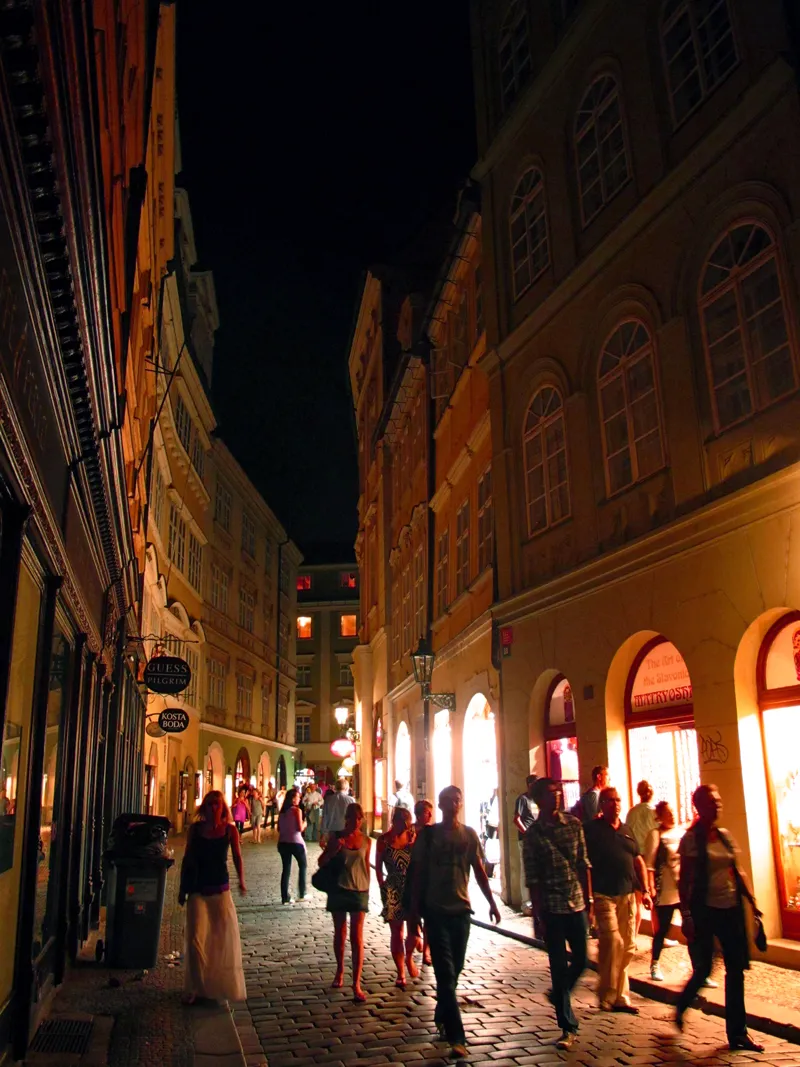
5. domiciliary right:
Anyone who takes photographs in closed rooms (for example in a hotel room, a dentist's surgery, a figure skating rink, etc.) or on someone else's premises (for example at a sporting event, in a swimming pool, etc.) requires permission to do so if they wish to publish the photos.
Domestic authority applies, which means that the owner or proprietor can decide whether or not to tolerate the taking of photos (and their publication). The best thing to do is to get a location release signed by the landlord if you plan to publish the photos.
If you are taking photos on location, you should make sure you get a location release signed by the owner. A temporary rental agreement for the duration of the photo shoot serves the same purpose. However, booking a hotel room without the hotel management knowing that you want to take photos there does not constitute payment of a location fee.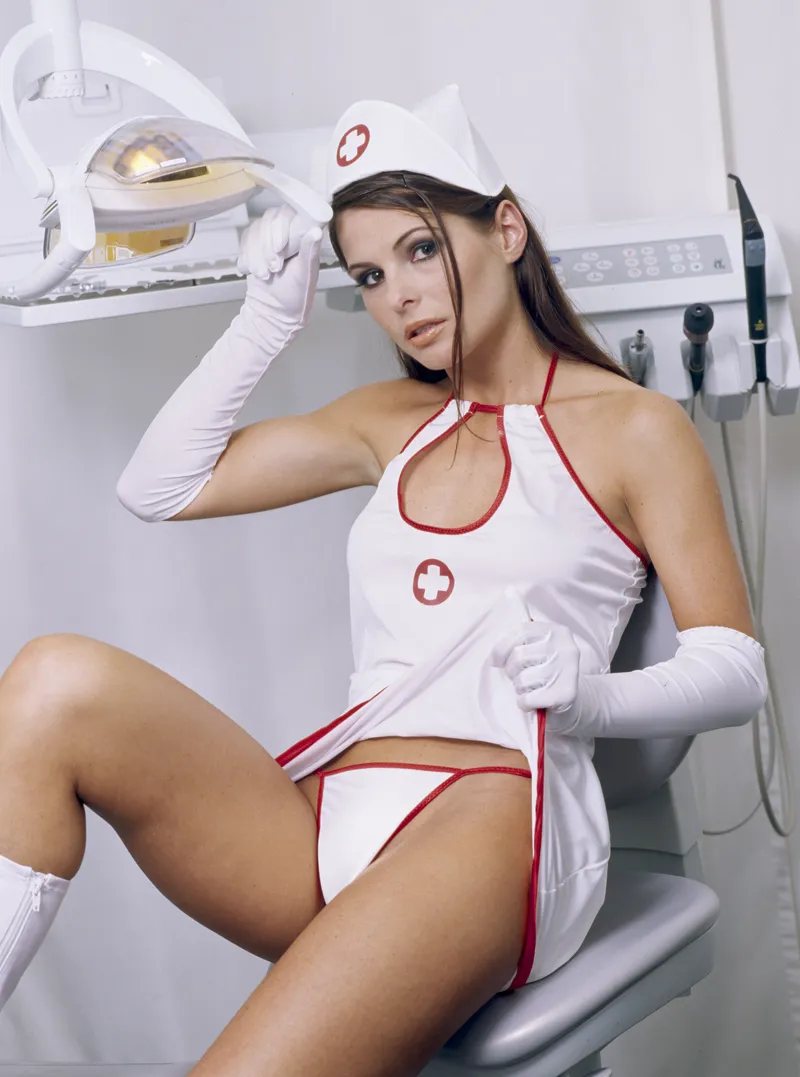
6. concert photos:
If you want to take photos at a concert, you usually need accreditation, i.e. permission from the host or the organizer, who is considered the host for the duration of the concert.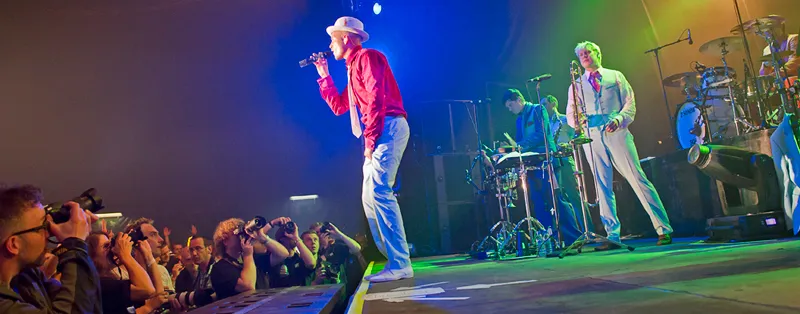
Anyone taking photographs at a concert must respect the house rules of the organizer. Unfortunately, it is generally accepted that photographs may only be taken at concerts during the first 3 songs, and only without flash. In most cases, accreditation is also required; exceptions are only made for performances by lesser-known artists in smaller clubs.
Before the concert, find out exactly what conditions apply to the concert in question. You should not enter into "gagging contracts" (for example, if the photographers have to have the photos "approved" by the management before publication); it is then more advisable for the concert photographers to boycott the event together. This photo also has the typical perspective of concert photos, which is created by the fact that photos may only be taken from the concert pit, which is located directly in front of the stage.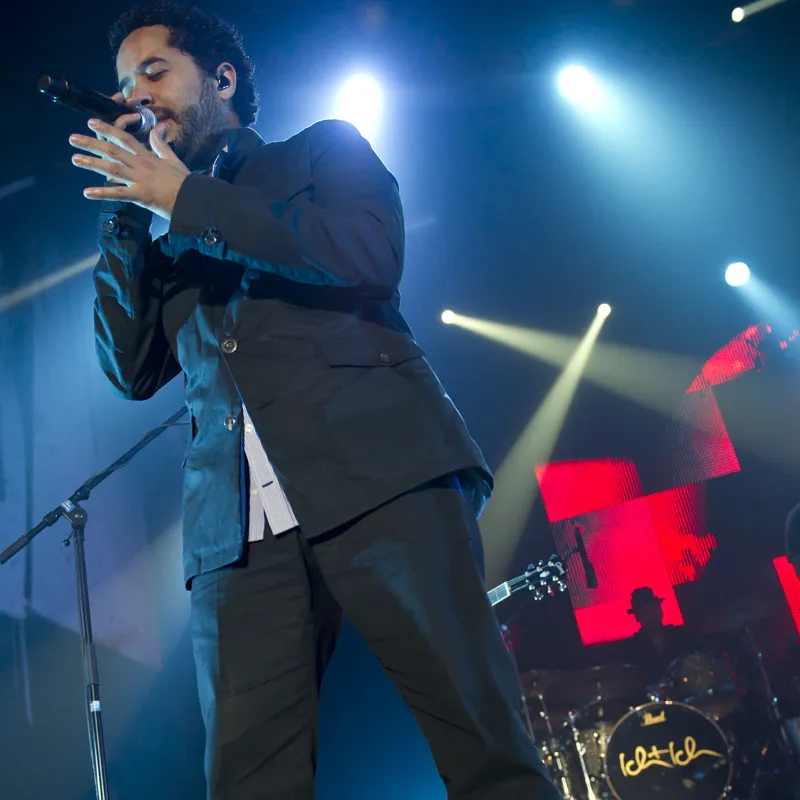
7. freedom of panorama:
Works that are "permanently" (permanently) located on public paths and streets and squares may, as a rule, be photographed and the results also published. This only covers the external view. No private property may be entered in order to take the photograph.
If the work is only temporarily "installed", the photos may not be distributed commercially unless the author of the installation has given you (written) permission to do so.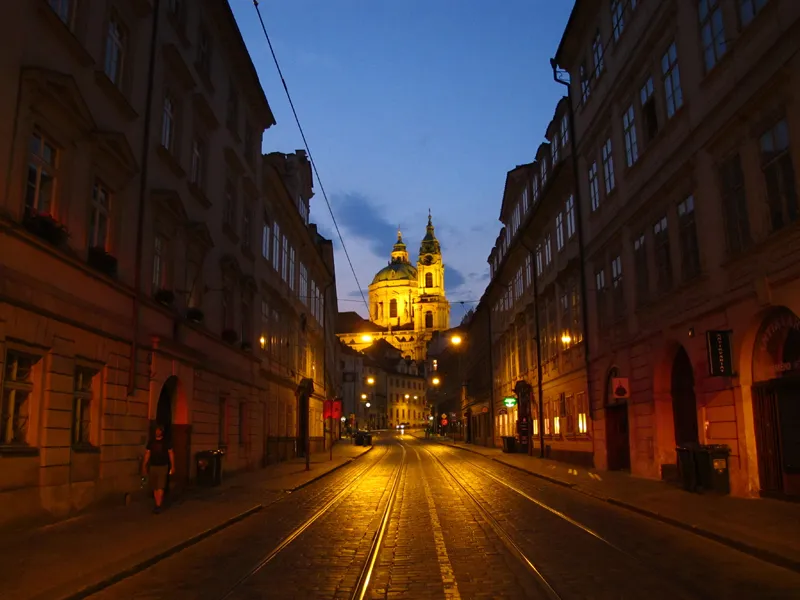
In Germany, the principle of "freedom of panorama" applies. If you take photos without the aid of any equipment, such as a tripod or ladder, this is permitted. A further requirement is that you do this from a point of view that is at ground level on a publicly accessible street (or path or square).
8. right to the image of objects:
No one can prohibit another person from photographing their car or yacht in public, for example. There is no right to the image of objects.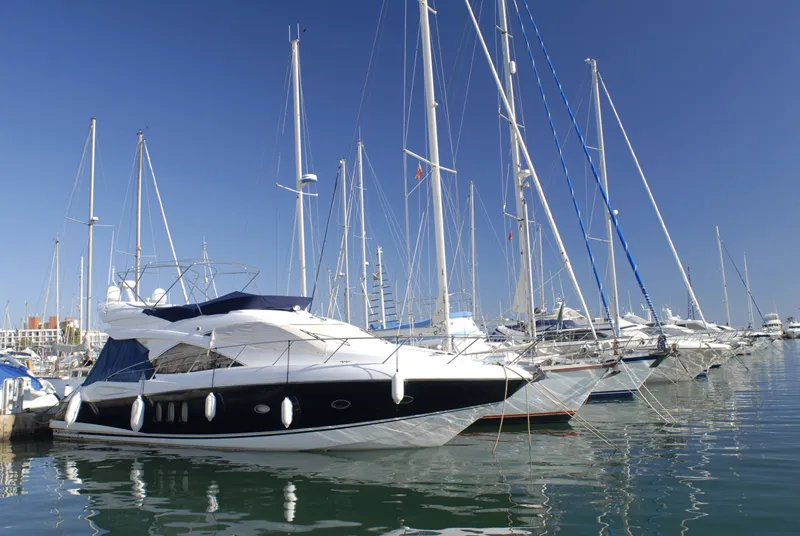
The owner of the yacht could not prohibit me from photographing his Schick motorboat and publishing the photo. However, the marina operator's domiciliary rights may have to be observed for such a photo.
9. reenactment of photo motifs:
The publication of reenacted photos is prohibited. This also applies if the photos are presented non-commercially, for example on the internet in the fc.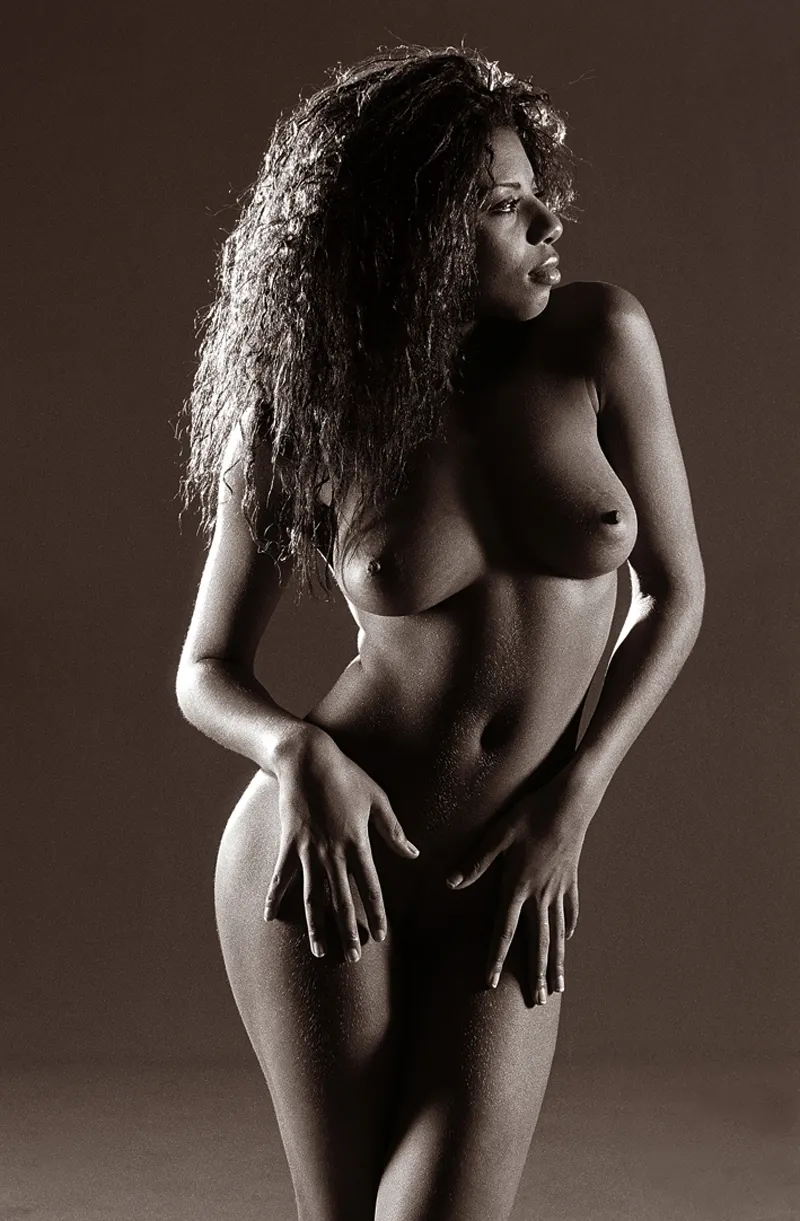
Even amateur photographers may not copy the works of well-known artists almost identically and post them on the internet. Only the "free use" of another work is permitted if the result is an "independent work" and the other person's work only serves as a template for your own adaptations. This is then called "free use". What is important here is that the "borrowed features of the original work" "fade away" as a result of the adaptation.
10. paparazzi photos:
Anyone who photographs celebrities should know their rights before releasing the photos for publication. If it is a celebrity who is to be classified as an absolute person of contemporary history (this is the case with monarchs and heads of government, but also with presenters such as Jauch and Stefan Raab, with top athletes who are regularly in the spotlight such as Michael Schumacher, etc.), the photos may be published without being asked, unless the privacy of the celebrity would be violated.
A balance must therefore always be struck between freedom of the press and the public's need for information on the one hand and the celebrity's interest in protection on the other. If an event of historical significance is photographed, the public's interest in information takes precedence over the interests of the celebrity. The tabloid magazines that are potential customers for such photos usually know exactly whether the photos in question may be printed.
Of course, it is a different matter if the photos were not taken secretly, but the celebrity (here: Daniela Katzenberger) has agreed to the publication and received model fees for this (and a model release is available).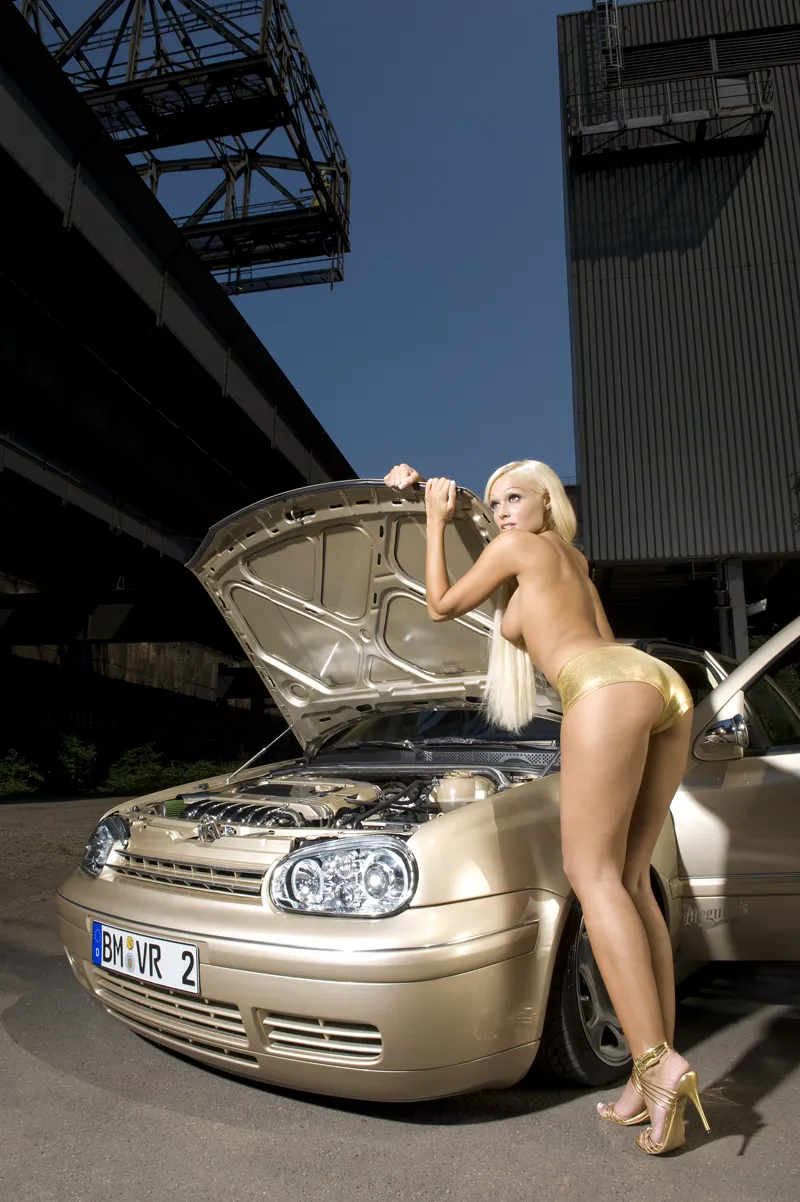
Commissioned photos as a reference:
If you have granted your clients the exclusive rights of use to the photos (which can regularly be assumed for paid commissioned photo shoots), you must have express (written) permission to present the photos as self-promotion on your website!
Most photographers are unaware of this point, and it's certainly difficult to understand, but that's the legal situation. It's best to agree with your clients in advance that you can use individual photos from the shoot for your own advertising on your website (and preferably also on flyers that you distribute as self-promotion)!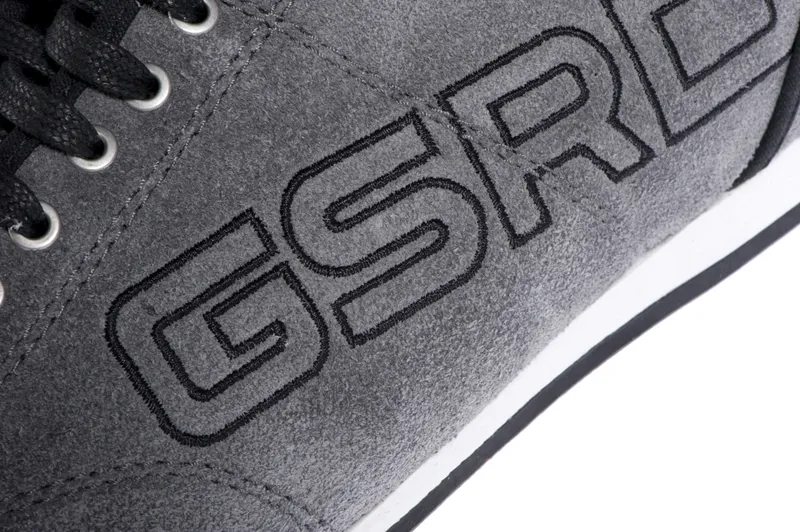
If you want to use photos from an order on your website or otherwise for your own advertising, you should have a written declaration of consent from your client.
12. stolen photos:
If someone publishes one or more of your photos unlawfully (i.e. without your permission), they must: firstly, refrain from doing so, secondly, remove the photograph (e.g. delete it from their website), thirdly, provide information on the extent of the publication and fourthly, pay you compensation.
13 Changed conviction:
A model cannot unilaterally and just like that terminate the existing model contract with a photographer after a few years, even if the photographs are nudes. The reason must be of a profound nature, for example if the model has permanently started a new life as a nun in a convent.
Even if the court recognizes a "changed conviction", this does not mean that the photographer simply has to waive his rights under the existing model contract. In most cases, the person depicted will have to pay compensation to the photographer.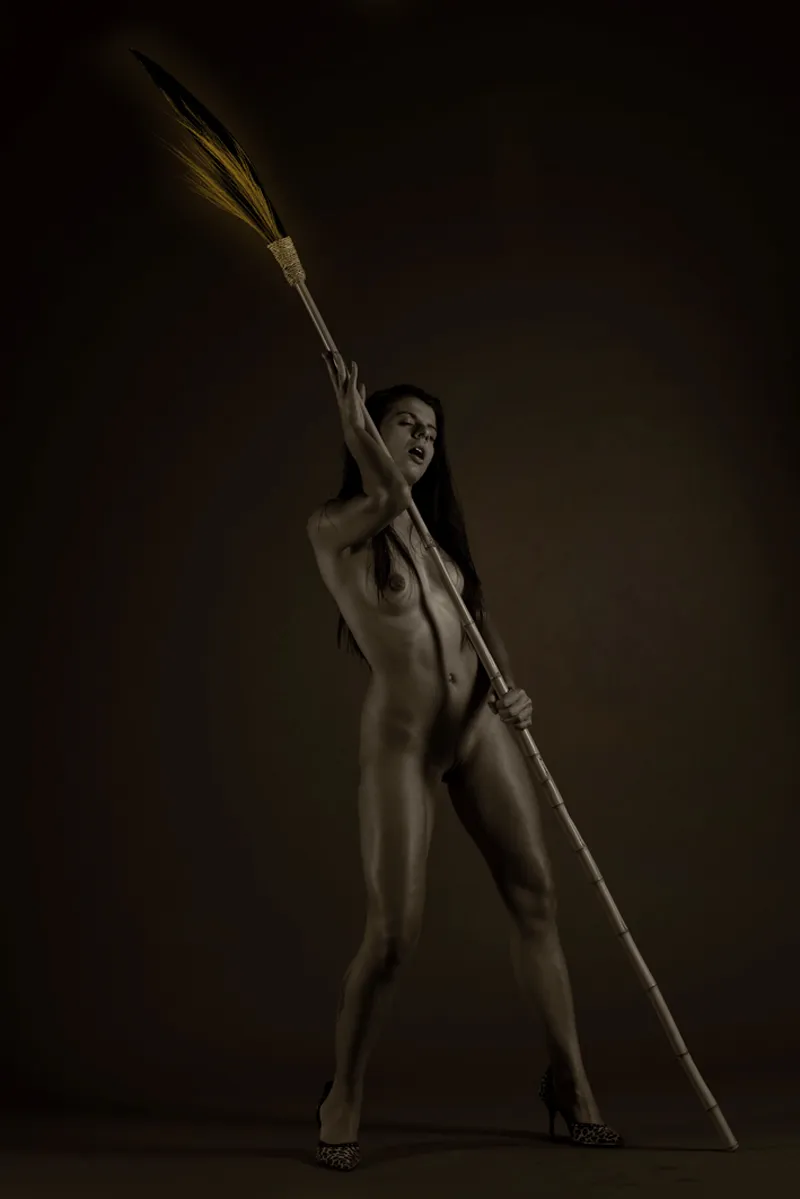
14th transfer of purpose rule:
For example, anyone who concludes a publishing contract for an illustrated book and transfers the rights "in the work" to the publisher has thereby intended that the publisher has the photos printed collectively in the form of an illustrated book and subsequently sells the illustrated books to booksellers. The publisher will not have intended anything else when concluding the publishing agreement.
If, after some time, the publisher removes individual photos and sells them to the press in a different context because the model depicted is a celebrity, this contradicts the purpose transfer rule and is not permissible.
If two contracting parties have different views on the interpretation of a contract, the transfer of purpose rule must be applied. I also had such a case when the publisher of one of my illustrated books wanted to sell the photos of Cora Schumacher individually to the press.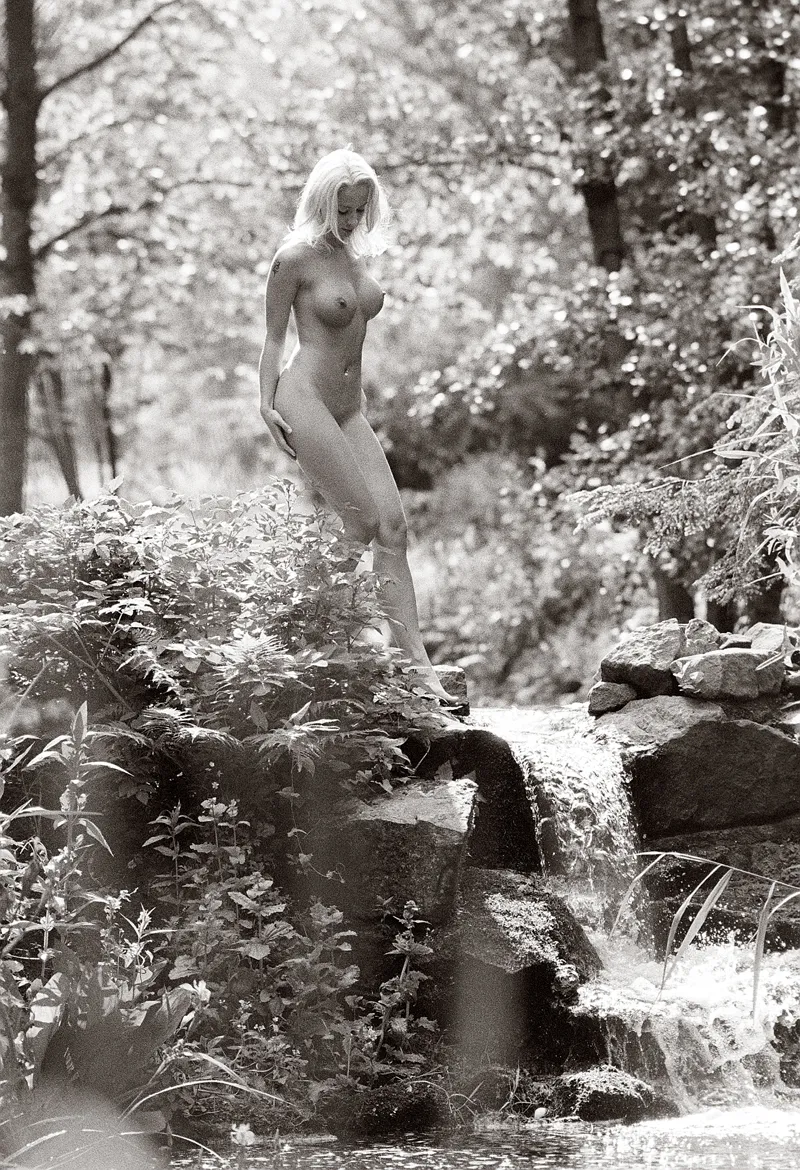
15 Insignificant accessories:
It happens again and again that photos are used by private individuals or graphic designers without first obtaining permission from the author. The photos are used as backgrounds, as part of the layout of company catalogs, etc. It is argued that photos can be used freely if they are to be regarded as non-essential accessories. The argumentation here is wrong: photos, even if they are only used in excerpts, are not to be regarded as non-essential accessories in such cases. In the case of a photograph of a pedestrian zone, for example, an advertising poster in the window of one of the many stores depicted would be an insignificant accessory.
The least trouble you can get into is if you take abstract photos in your own studio. Landscape shots are also unproblematic. But even if you always proceed correctly, you can still be affected if others use your photographs unlawfully. Even then, you should know your rights. If such a photo is used without my permission, I can demand an injunction, insist that it be removed and demand information about the extent of the publication. I can also claim damages. At the very least, the infringer would have to pay a fictitious license fee, which could be calculated according to the MFM fee recommendations, for example. In addition, the presumably incurred legal fees and court costs.


